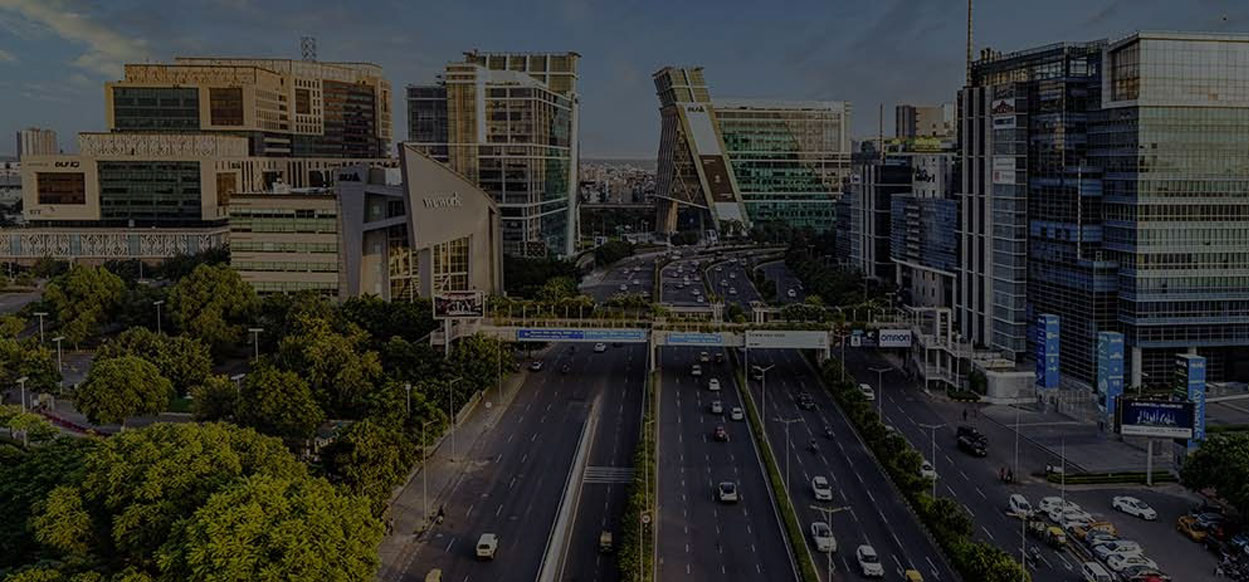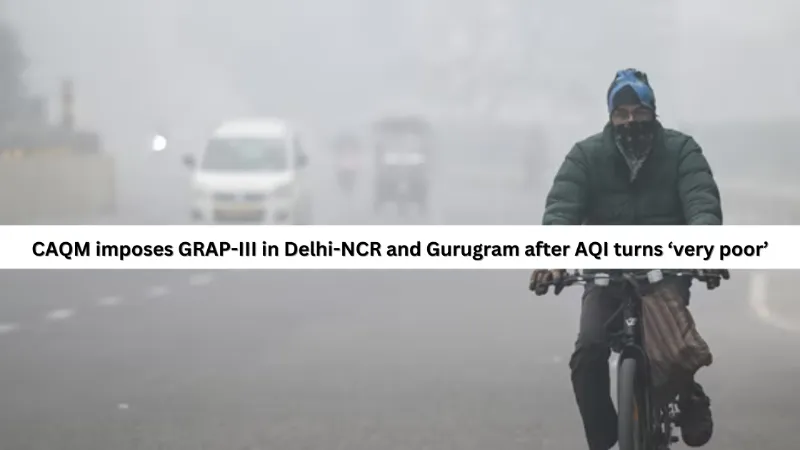




Introduction
The air quality in Delhi-NCR and Gurugram has taken a turn for the worse as the Air Quality Index (AQI) recently crossed the 'very poor' category, prompting the Commission for Air Quality Management (CAQM) to implement GRAP-III. This move is part of the government’s efforts to mitigate the harmful effects of air pollution, ensuring the health and safety of residents in these highly polluted regions.
In this blog, we will explore the GRAP-III measures, the current air quality situation in Delhi-NCR and Gurugram, and what it means for the residents.
GRAP (Graded Response Action Plan) is a set of emergency measures implemented to tackle air pollution in Delhi-NCR, particularly when the AQI falls in the ‘very poor’ and ‘severe’ categories. The GRAP-III level is specifically triggered when the AQI reaches above 301, which leads to the imposition of stricter measures to curb pollution.
Under GRAP-III, the following actions are typically enforced:
Delhi-NCR, including the satellite city of Gurugram, has been grappling with deteriorating air quality levels, especially during the colder months when winter smog exacerbates the situation. The combination of vehicular emissions, industrial pollution, construction dust, and stubble burning has been contributing to dangerously high levels of air pollution.
Recently, the AQI in both regions turned ‘very poor’, triggering GRAP-III measures. The consistent rise in air pollution has resulted in the Delhi-NCR air quality remaining in the “very poor” zone for several consecutive days, forcing authorities to take these emergency actions. According to the CAQM report, the AQI recorded in Gurugram was also notably high, exacerbating the concern.
The implementation of GRAP-III comes as a crucial step in tackling the growing problem of air pollution in Delhi-NCR and Gurugram. With AQI levels reaching hazardous numbers, the potential health risks for residents are rising, particularly for vulnerable groups such as children, the elderly, and those with pre-existing respiratory conditions.
By enforcing these restrictions, authorities aim to:
While GRAP-III measures focus on controlling external pollution sources, residents in Delhi-NCR and Gurugram can take personal steps to safeguard their health during this period of poor air quality. Here are some tips for individuals:
The implementation of GRAP-III is a temporary solution to combat the immediate effects of poor air quality. However, addressing the root causes of pollution requires long-term strategies, including the promotion of clean energy, improvement of public transportation, better waste management practices, and more effective regulation of construction and industrial activities.
Delhi-NCR and Gurugram need to work collaboratively with the government, businesses, and citizens to achieve cleaner air and a healthier living environment.
The imposition of GRAP-III in Delhi-NCR and Gurugram is a critical step towards improving air quality and protecting residents from the dangers of air pollution. While the measures may cause some temporary inconveniences, they are essential for ensuring public health and safety. It’s now up to everyone—government authorities, businesses, and citizens alike—to take responsibility and work together for a cleaner, healthier future.
Give your Comments